15 Fascinating Food Traditions from Across the Globe
Food is more than just sustenance; it’s a reflection of culture and tradition. Around the world, people enjoy unique and sometimes surprising dishes that showcase their heritage. From fermented shark in Iceland to fried bull testicles in the United States, these customs might seem unusual, but they have deep cultural significance. Many of these foods have been passed down through generations, often tied to special celebrations or rituals. In some places, the adventure of trying new foods is as much about the experience as it is about the taste.
This post may contain affiliate links, which helps keep this content free. Please read our disclosure for more info.
Hákarl – Iceland
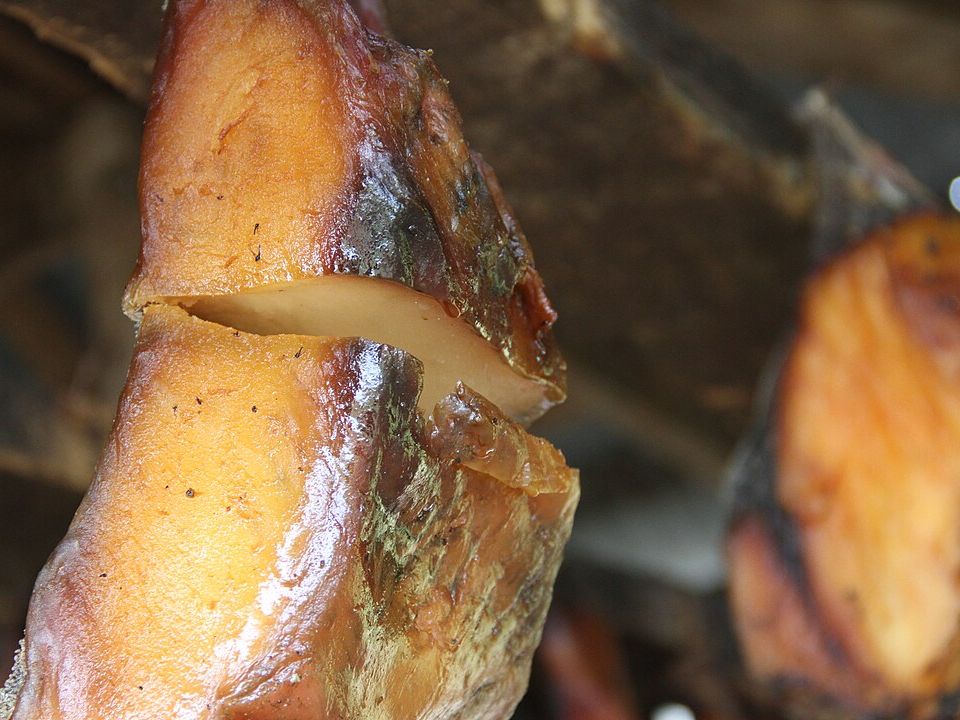
Hákarl is a traditional Icelandic dish made from fermented shark. The shark is buried underground to ferment for several months before being hung to dry. It has a strong ammonia-like smell, which can be a bit overwhelming for those unaccustomed to it. Despite the potent scent, it is considered a delicacy and is often served in small portions.
In Iceland, hákarl is typically eaten with a shot of Icelandic schnapps called Brennivín, which helps cut through the sharp taste. It is usually consumed during Iceland’s midwinter festival, Þorrablót, where it’s served alongside other fermented foods. For many locals, it is a cultural tradition that connects them to their Viking ancestors.
Escamoles – Mexico
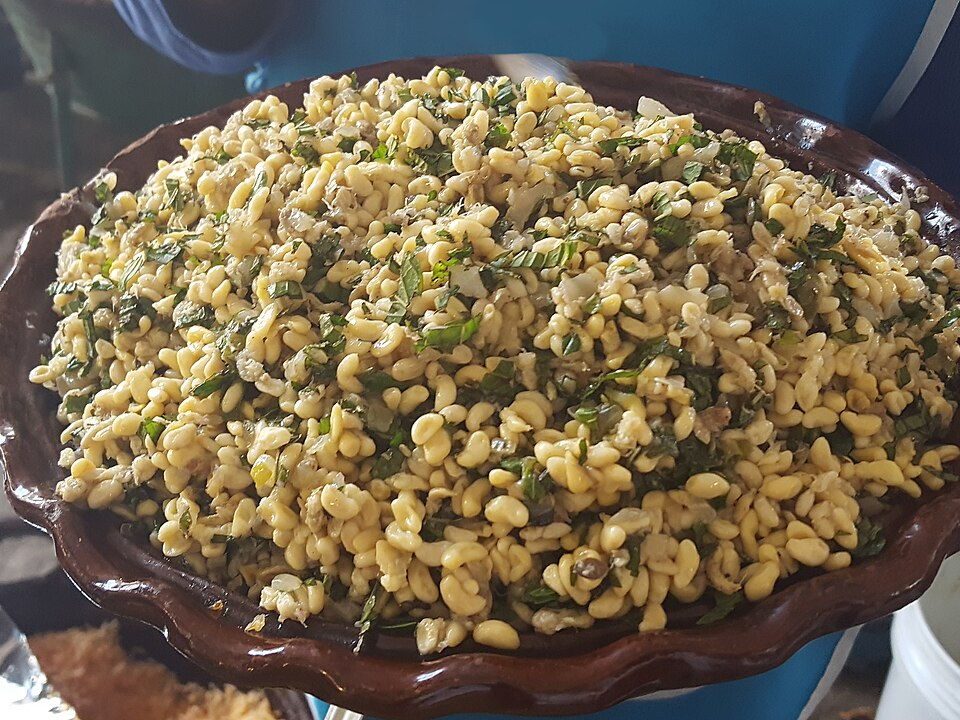
Escamoles are ant larvae, often referred to as “insect caviar” due to their delicate, nutty flavor. They are harvested from the roots of agave plants, particularly in the central regions of Mexico. These larvae are typically sautéed with butter and spices, making them a popular ingredient in tacos or served with tortillas.
While they may sound unusual, escamoles are a prized delicacy and have been consumed by the Aztecs. They are rich in protein and have a mild taste that some compare to a combination of butter and nuts. In Mexico City, you can find escamoles served at fine dining restaurants, reflecting their cultural importance.
Fugu – Japan
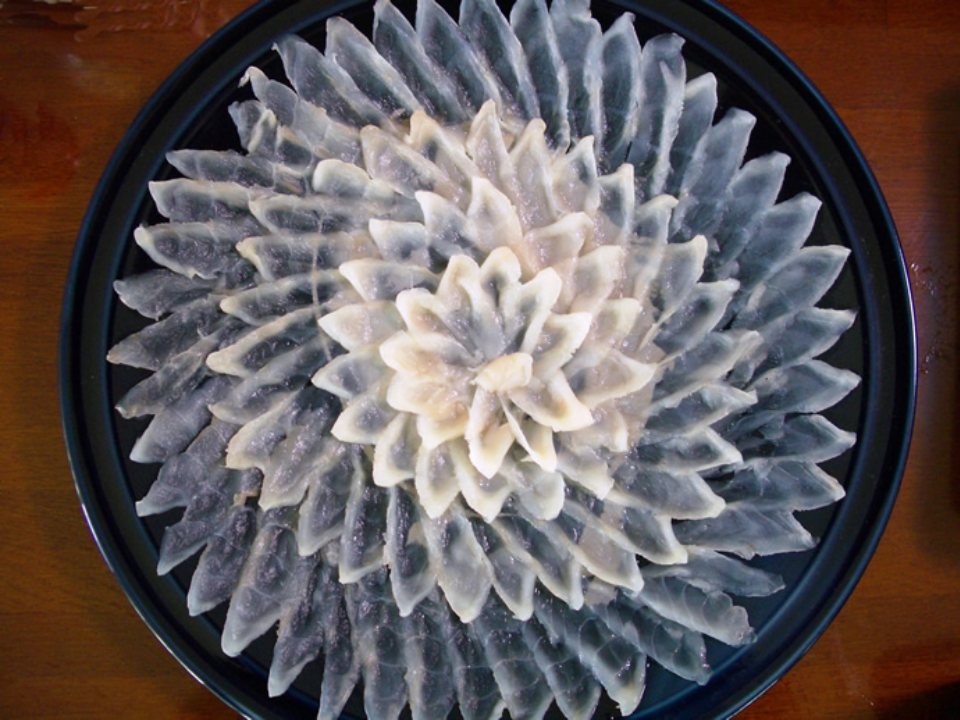
Fugu is a type of pufferfish known for its potential danger if not prepared correctly. The fish contains potent toxins in certain parts of its body, which can be fatal if consumed. Only licensed chefs who undergo rigorous training are allowed to prepare fugu, ensuring that the toxic parts are removed and the fish is safe to eat.
Despite its risks, fugu is considered a luxurious dish in Japan. It is often served in thin slices as sashimi, or cooked into a hot pot. The experience of eating fugu is highly regarded, with many people seeking the thrill of tasting the fish’s subtle, delicate flavor.
Casu Marzu – Italy
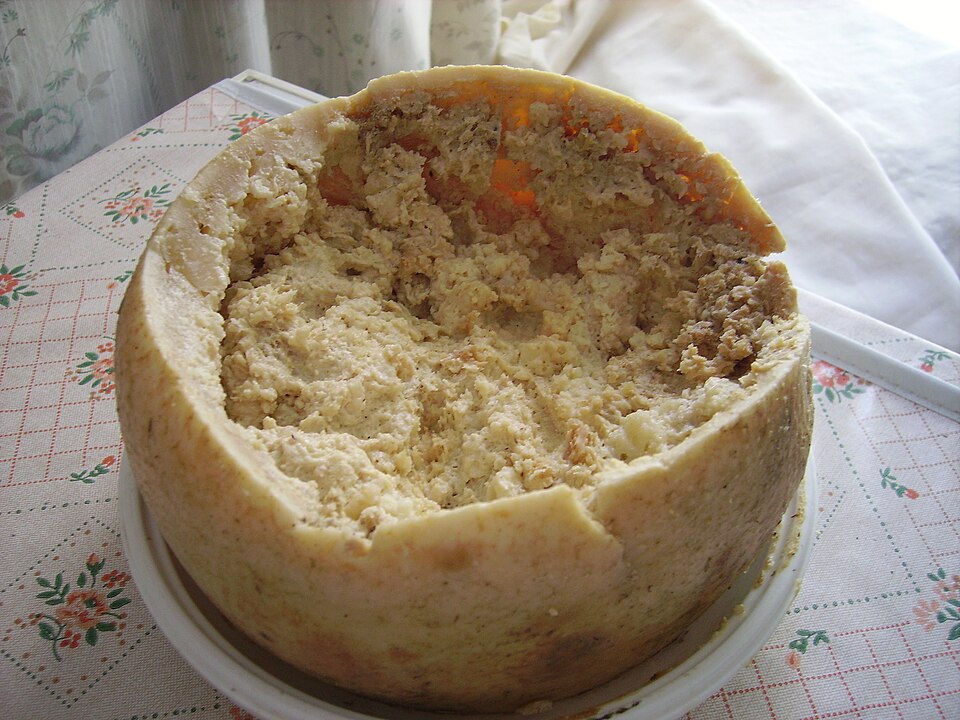
Casu Marzu is a Sardinian cheese that is known for its live insect larvae. The cheese is left to ferment until it becomes soft and creamy, at which point it is intentionally exposed to the larvae of the cheese fly. These larvae digest the cheese, and their movements contribute to the cheese’s soft, spreadable texture.
Traditionally, casu marzu is served with Sardinian flatbread and enjoyed as part of festive occasions. While it may seem shocking to outsiders, it is considered a delicacy in Sardinia, and some even claim it has a unique, pungent flavor. However, it is illegal in the European Union due to food safety regulations, though it is still produced and consumed locally.
Balut – Philippines
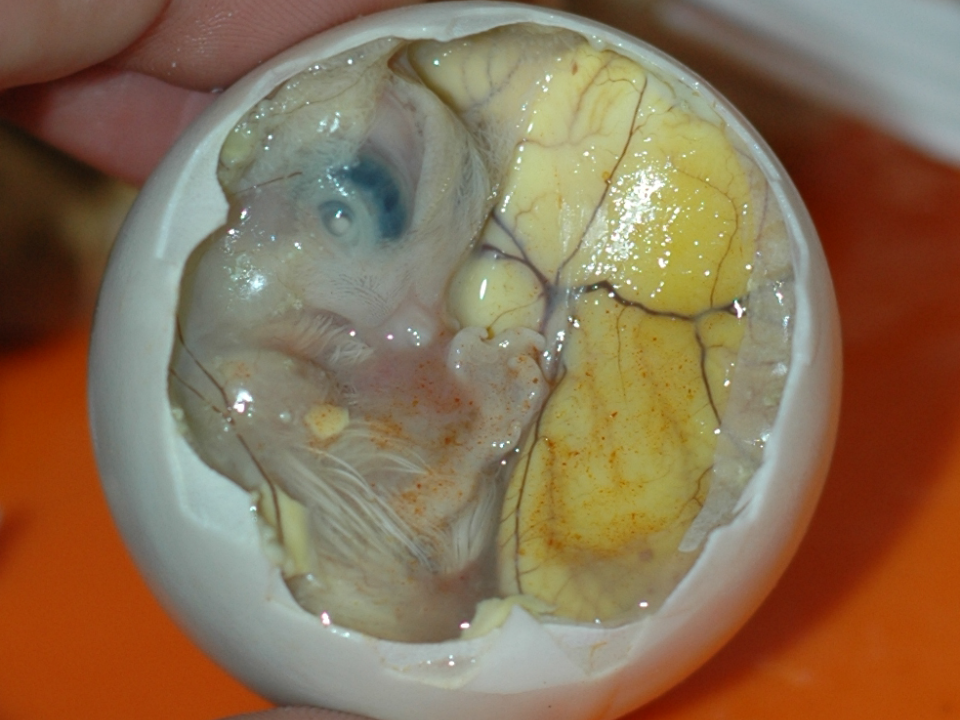
Balut is a fertilized duck egg that is boiled and eaten whole, often sold as street food in the Philippines. The egg typically contains a partially developed embryo, which can be recognized by its shape and texture. It is often served with a pinch of salt, a splash of vinegar, and sometimes a few herbs.
This food is believed to be a source of energy, and it is popular among Filipinos, especially in the evening. Balut is consumed in a variety of ways depending on the region, but it is most commonly eaten as a snack or light meal. Many locals swear by its unique taste, which combines both the flavor of the egg and the distinct texture of the embryo.
Sannakji – South Korea
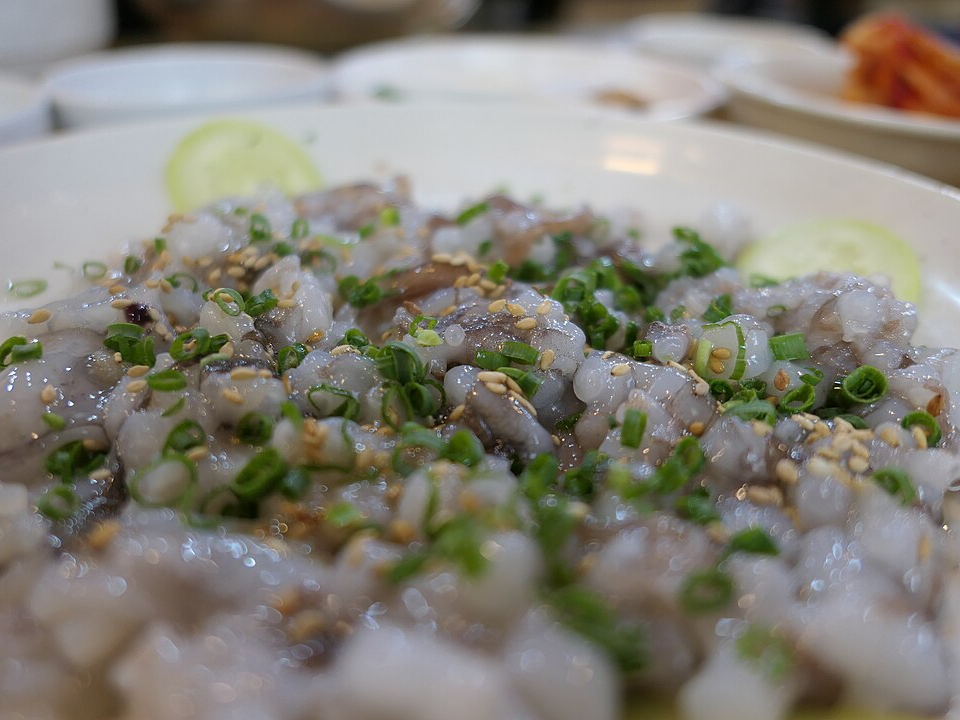
Sannakji is a dish made from live octopus, which is cut into small pieces and served immediately while still squirming on the plate. The octopus is often seasoned with sesame oil and seeds to enhance its flavor. As you eat it, the tentacles continue to move, creating a unique sensory experience.
This dish is popular in Korea, especially among those looking for an adventurous meal. The live octopus is usually very tender, but some people might find the texture a bit unsettling. Despite its somewhat controversial nature, sannakji remains a beloved dish among Korean food enthusiasts.
Rocky Mountain Oysters – United States
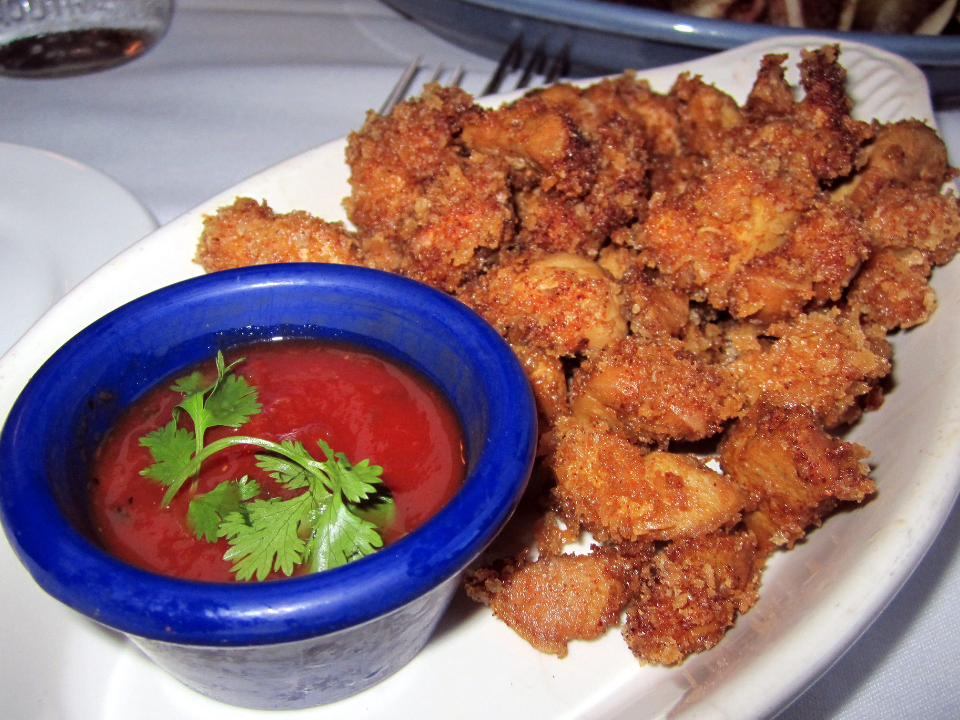
Rocky Mountain oysters, often called prairie oysters, are not oysters at all. Rather, they are the testicles of bulls, deep-fried and served as an appetizer or snack in parts of the American West. The dish is typically battered, seasoned, and fried until golden and crispy.
For many, this dish is a novelty, and it’s commonly served in local bars and restaurants that focus on unique, regional cuisine. The taste is said to be mild and similar to other meats, with a slightly chewy texture. While it may not appeal to everyone, it remains a part of the culinary culture in certain areas.
Surströmming – Sweden
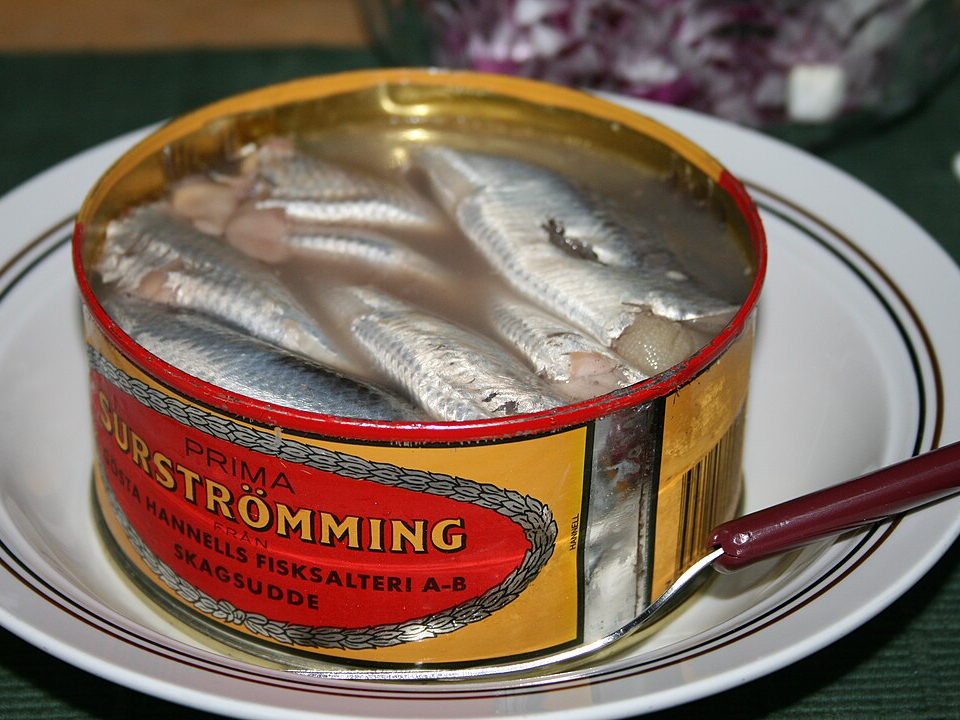
Surströmming is a type of fermented herring from Sweden. The fish is placed in cans where it ferments for several months, resulting in a strong, pungent smell that has been compared to rotten eggs. It is traditionally eaten with thin flatbreads, potatoes, onions, and sour cream.
Despite its intense odor, surströmming is considered a traditional dish in Sweden, especially in the northern regions. It is often consumed during festivals and family gatherings, where it is eaten in small amounts. The challenge of handling the strong aroma adds to the excitement of eating this unique dish.
Kopi Luwak – Indonesia
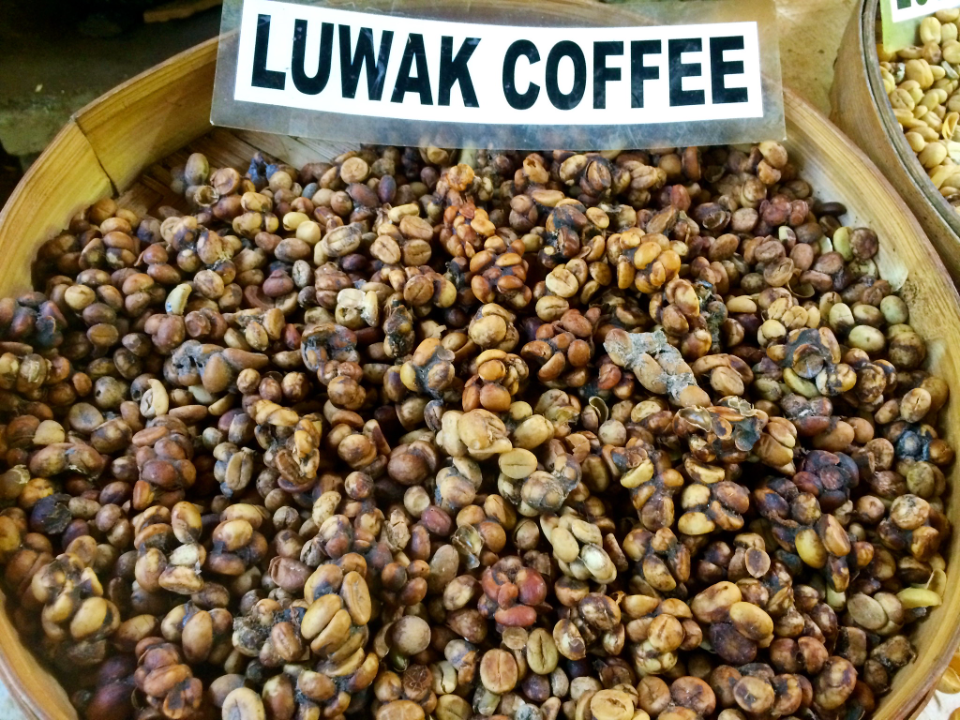
Kopi Luwak, often referred to as “civet coffee,” is one of the most expensive coffees in the world. The beans are eaten and later excreted by civet cats, a process that is believed to improve the coffee’s flavor. The beans are then cleaned, roasted, and brewed into a rich, aromatic coffee.
While the practice is controversial due to concerns about animal welfare, many coffee enthusiasts swear by the unique taste of Kopi Luwak. The coffee is known for its smooth texture and less acidic taste compared to regular coffee. Due to its rarity and labor-intensive production process, it can fetch high prices in the market.
Natto – Japan
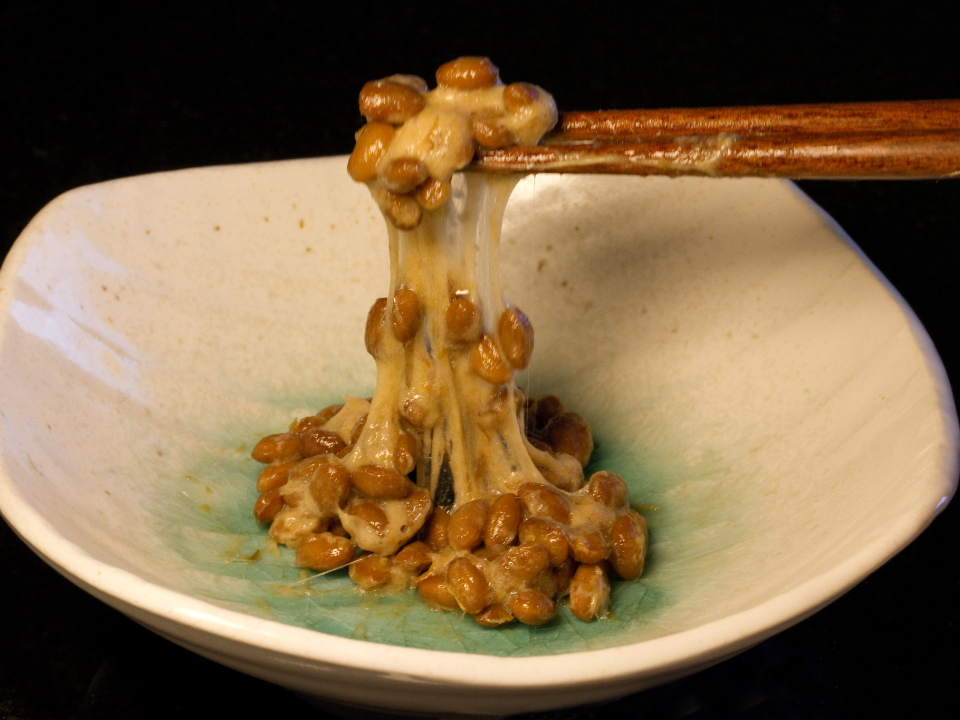
Natto is a traditional Japanese dish made from fermented soybeans. It has a strong smell and a sticky, slimy texture, which may be off-putting for those unfamiliar with it. Natto is typically eaten with rice and flavored with soy sauce or mustard.
While it might take some getting used to, natto is a favorite breakfast food in Japan. It is rich in protein and probiotics, making it a nutritious option. Many people also believe it offers a range of health benefits, from aiding digestion to promoting cardiovascular health.
Black Pudding – United Kingdom and Ireland

Black pudding, a type of blood sausage, is a staple in traditional breakfasts in the UK and Ireland. It is made from pig’s blood, oatmeal, and spices, all of which are cooked together to create a rich, savory sausage. It is usually served sliced and fried, often accompanied by eggs, bacon, and toast.
Despite its somewhat alarming ingredients, black pudding is a beloved dish for many. It offers a unique texture, with the oats adding a grainy quality to the otherwise smooth consistency. For those willing to give it a try, black pudding is a filling and flavorful addition to any breakfast.
Salo – Ukraine
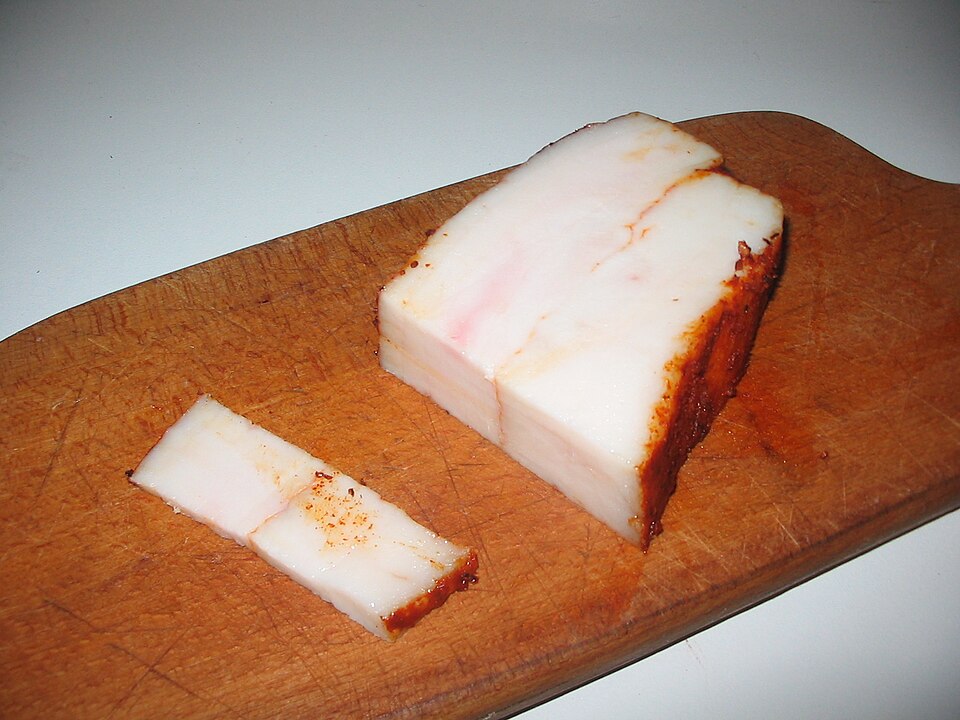
Salo is a traditional Ukrainian dish made from cured pork fat, often served in thin slices. It can be eaten raw, smoked, or fried, and is typically accompanied by dark rye bread, garlic, and onions. In Ukraine, salo is a cherished food, often enjoyed with a shot of horilka (a type of vodka).
While salo may seem unusual to outsiders, it is a cultural symbol in Ukraine. It is often consumed during celebrations and festivals, and many people believe it helps ward off the cold winter months. In fact, it is said to be a great source of energy during harsh weather conditions.
Akara – Nigeria

Akara is a popular Nigerian dish made from black-eyed peas, onions, and spices. The mixture is deep-fried into crispy, golden fritters, which are often enjoyed as a snack or breakfast food. Akara is known for its rich, savory flavor and crunchy texture.
In Nigeria, akara is a common street food, served with a side of spicy sauce or rice. It is a popular food during celebrations and gatherings, where it is enjoyed by people of all ages. Despite its simplicity, akara is a filling and satisfying dish that holds a special place in Nigerian cuisine.
Huitlacoche – Mexico
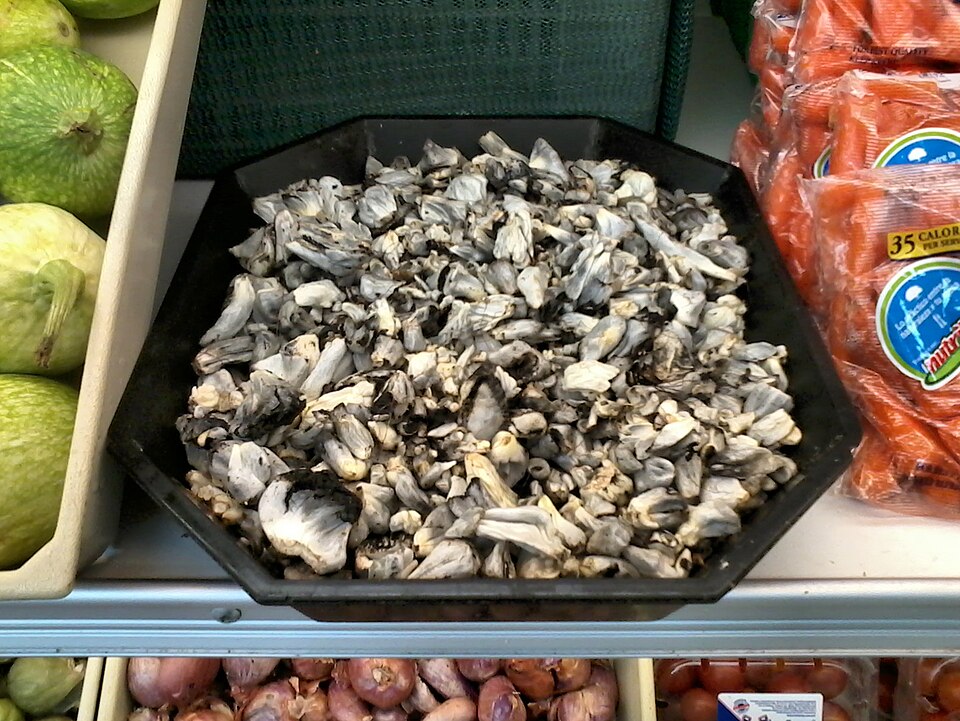
Huitlacoche, also known as “corn smut,” is a delicacy made from a type of fungus that infects corn kernels. The fungus turns the kernels into swollen, grayish-blue masses, which are then harvested and used in cooking. Huitlacoche is often incorporated into tacos, soups, or tamales.
This unique ingredient has a rich, earthy flavor that is prized in Mexican cuisine. While it may seem strange to some, huitlacoche has been enjoyed for centuries, with ancient civilizations like the Aztecs considering it a delicacy. Today, it remains a popular ingredient in upscale restaurants and is cherished for its distinct taste.
Cuy – Peru
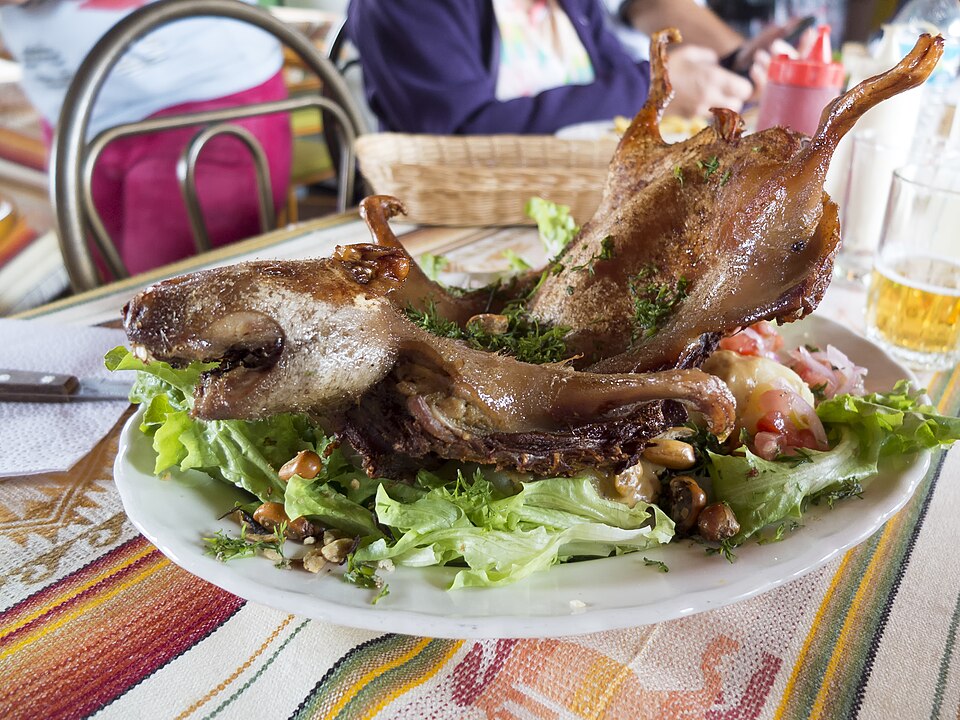
While cuy may seem unusual to some, it is a revered dish in Peru. The meat is tender and flavorful, with a texture that is similar to rabbit or chicken. For many Peruvians, cuy is an essential part of their culinary heritage and an important symbol of their culture.
This article originally appeared on Avocadu.
